
5 Skin Signs Warning of Early Liv.er Damage
5 Skin Signs Warning of Early Liv.er Damage: Don’t Ignore Even One!
When the liver is just beginning to sustain damage, the skin may send out warning signals.![]()
According to Dr. Saurabh Sethi, a Harvard-trained hepatologist (USA), abnormal changes on the skin can indicate that the liver is starting to be impaired. It is important to detect these signs early and seek medical attention promptly to protect liver function.
5 Early Skin Warning Signs of Liver Disease
1. Jaundice
One of the most typical and noticeable signs of liver dysfunction is jaundice. This occurs when the liver cannot properly process bilirubin—a yellow pigment formed from the breakdown of red blood cells. As a result, bilirubin builds up in the blood and tissues, turning the skin and the whites of the eyes yellow.
Dr. Sethi emphasizes that if you notice jaundice, you should seek medical attention immediately. It may be an early symptom of hepatitis or bile duct obstruction.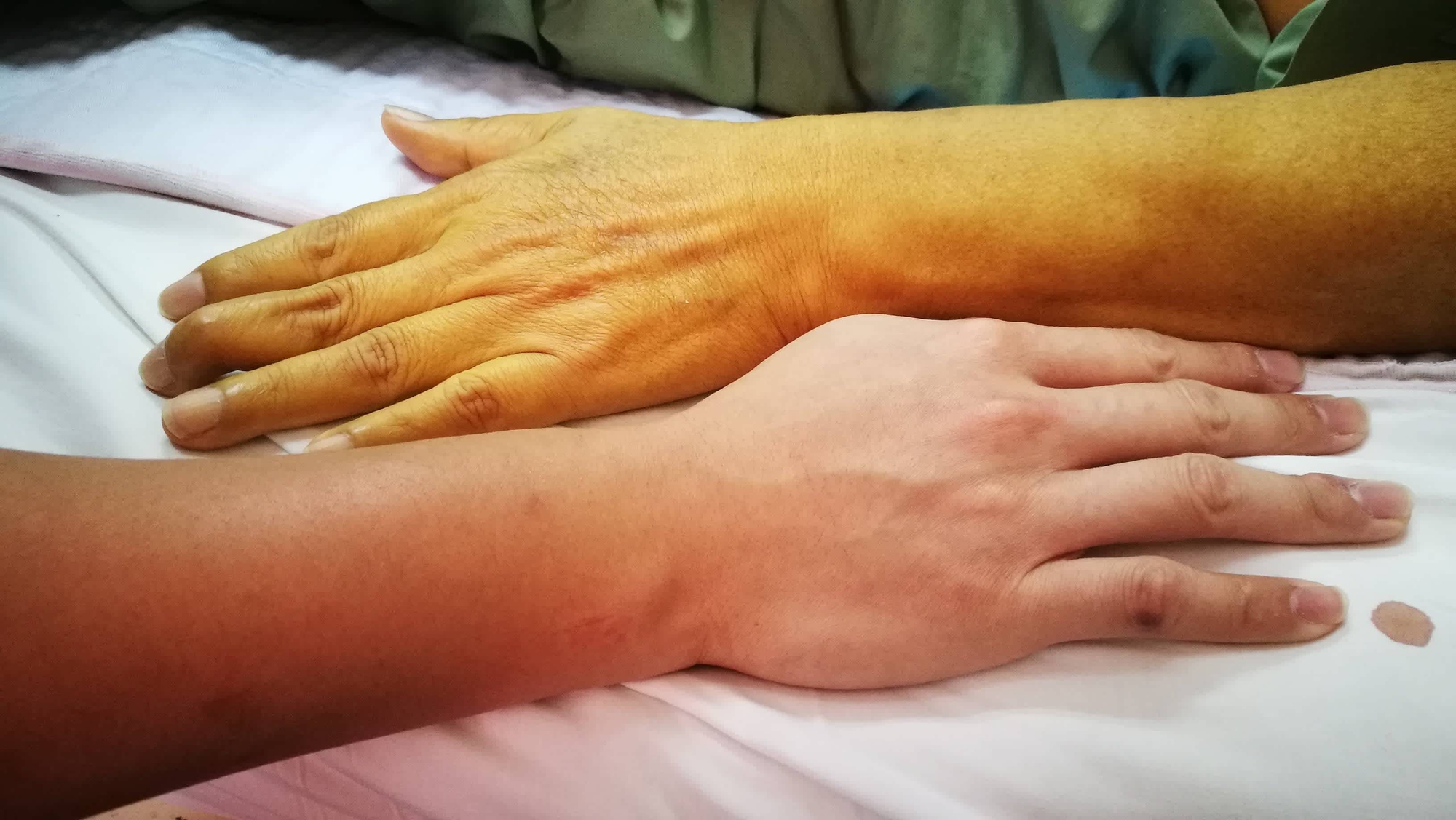
2. Spider angiomas (spider veins)
Spider angiomas are clusters of small, dilated, red blood vessels shaped like spider webs, often appearing on the face, neck, arms, or chest. These form when estrogen levels rise due to the liver’s inability to regulate this hormone properly.
When spider angiomas appear on the skin—especially in large numbers—it may be a warning sign of cirrhosis or chronic liver dysfunction. They can also be seen in people with liver damage caused by alcohol or viral hepatitis.
3. Palmar erythema (red palms)
Redness on the palms, especially at the base of the thumb and little finger, may result from altered blood flow and hormonal imbalance when liver function declines. Dr. Sethi notes that this sign is often mistaken for irritation or heat exposure. However, if there is no clear cause, it could indicate liver disease.
Palmar erythema is commonly associated with cirrhosis, fatty liver disease, and autoimmune hepatitis.
4. Itching
Persistent itching—especially severe at night and without a rash—can indicate liver problems. This may be caused by a buildup of bile acids in the blood, particularly in conditions such as cholestasis or primary biliary cholangitis. It can also be an early sign of liver disease. According to Dr. Sethi, patients often experience itching in the hands and feet.
5. Skin hyperpigmentation
Sudden darkening of the skin or irregular patches of discoloration—especially around the eyes, mouth, or armpits—can occur in people with chronic liver disease. This may be due to hormonal imbalance, insulin resistance, or increased melanin related to liver dysfunction.
Studies have documented skin hyperpigmentation in conditions such as hemochromatosis, autoimmune liver disease, and nonalcoholic steatohepatitis (NASH).
When to See a Doctor
Although these skin symptoms may seem minor at first glance, they can be early indicators of liver disease. If you notice any of them—especially if they persist—seek medical care immediately.
Experts also recommend protecting your liver health by maintaining a balanced diet, limiting alcohol intake, exercising regularly, and undergoing blood tests and imaging scans as needed.
News in the same category

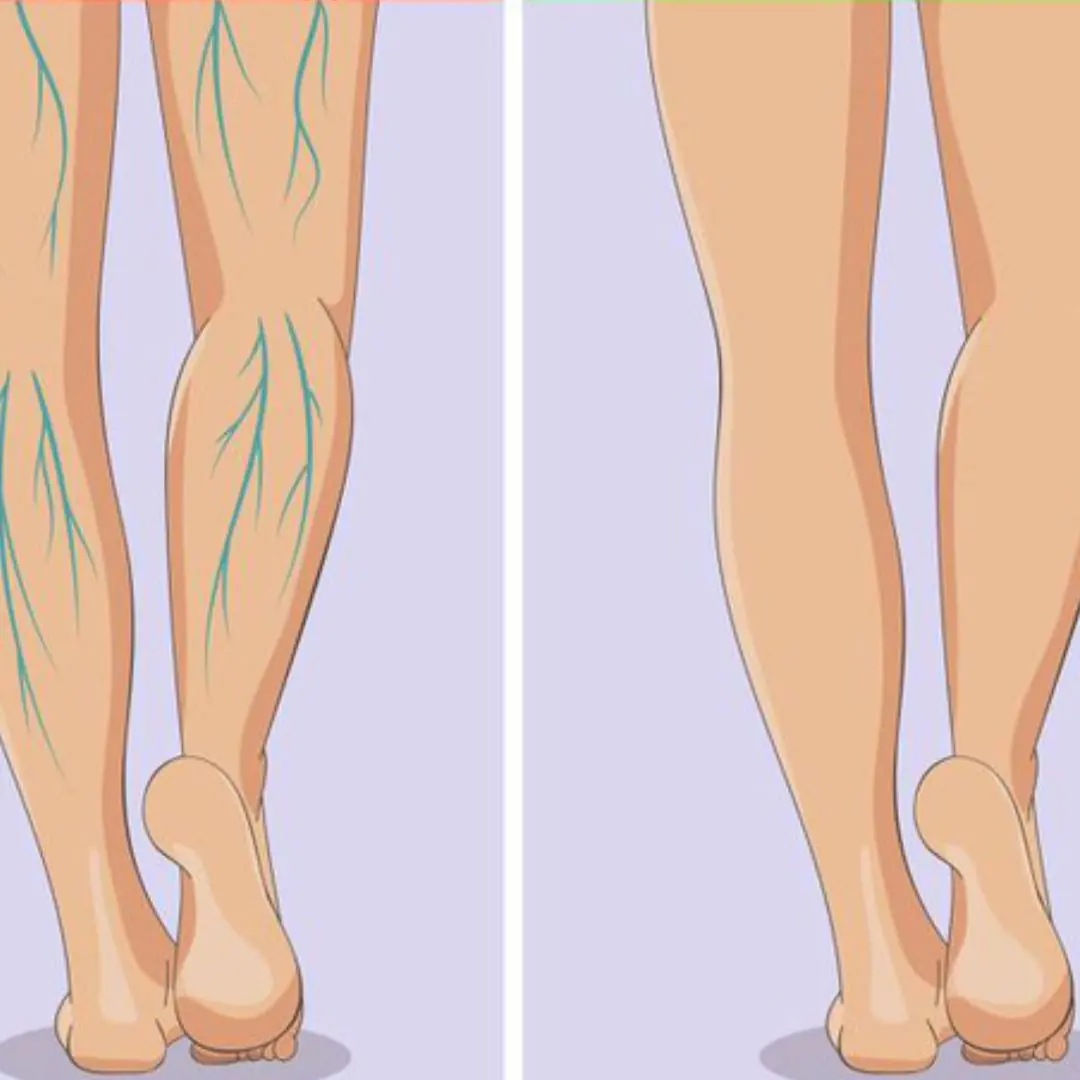
Your Feet Could Be Revealing Serious Health Issues — Watch Out for These 6 Signs

4 Best-Selling Items on E-Commerce Platforms Exposed to Contain Carcinogens

4 Surprising Changes Your Body Will Experience in Just Half a Year

Not milk or dried shrimp – this is the real “Calcium King” that many people overlook
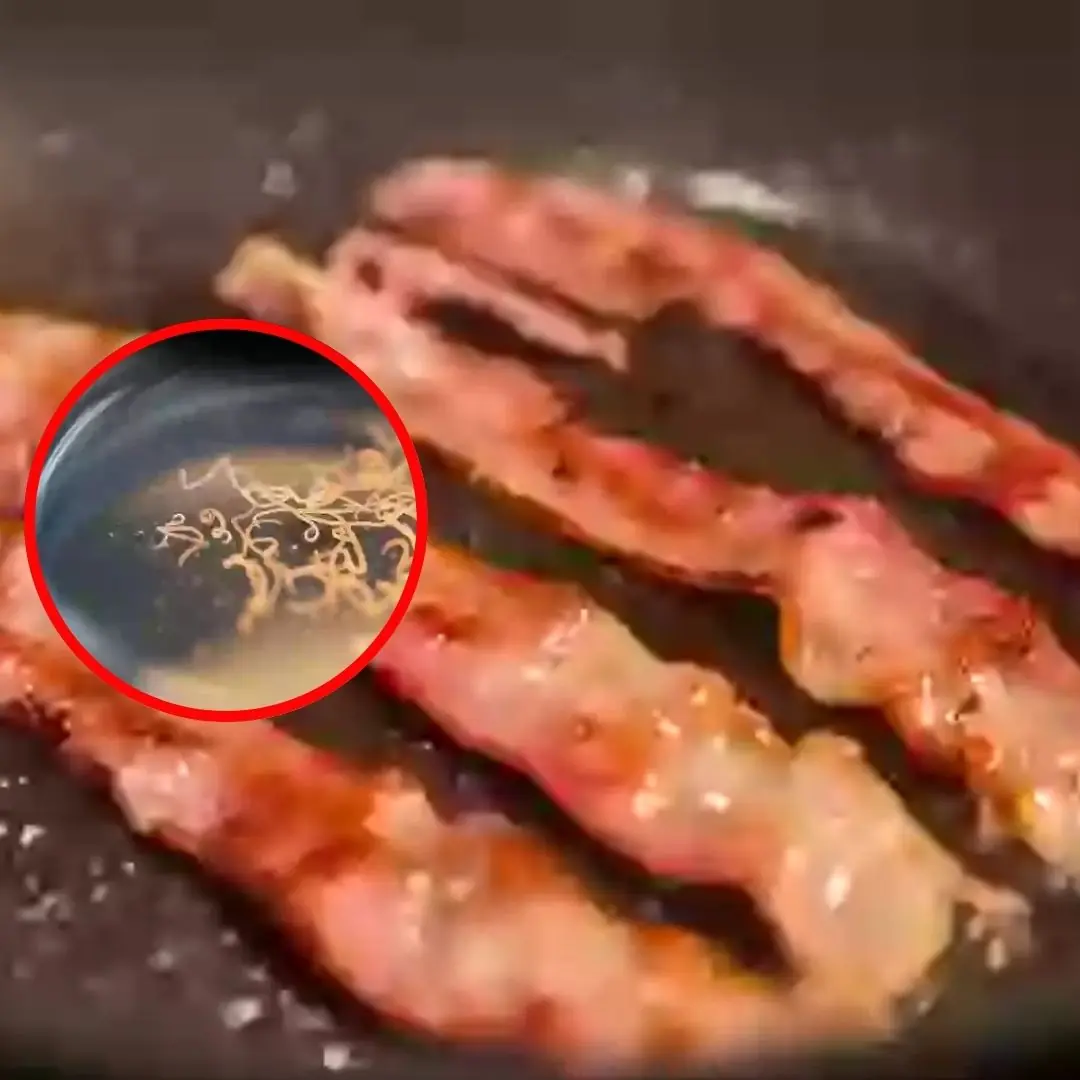
Man develops 'pork worms' in his br.ai.n after years doing this specific cooking habit
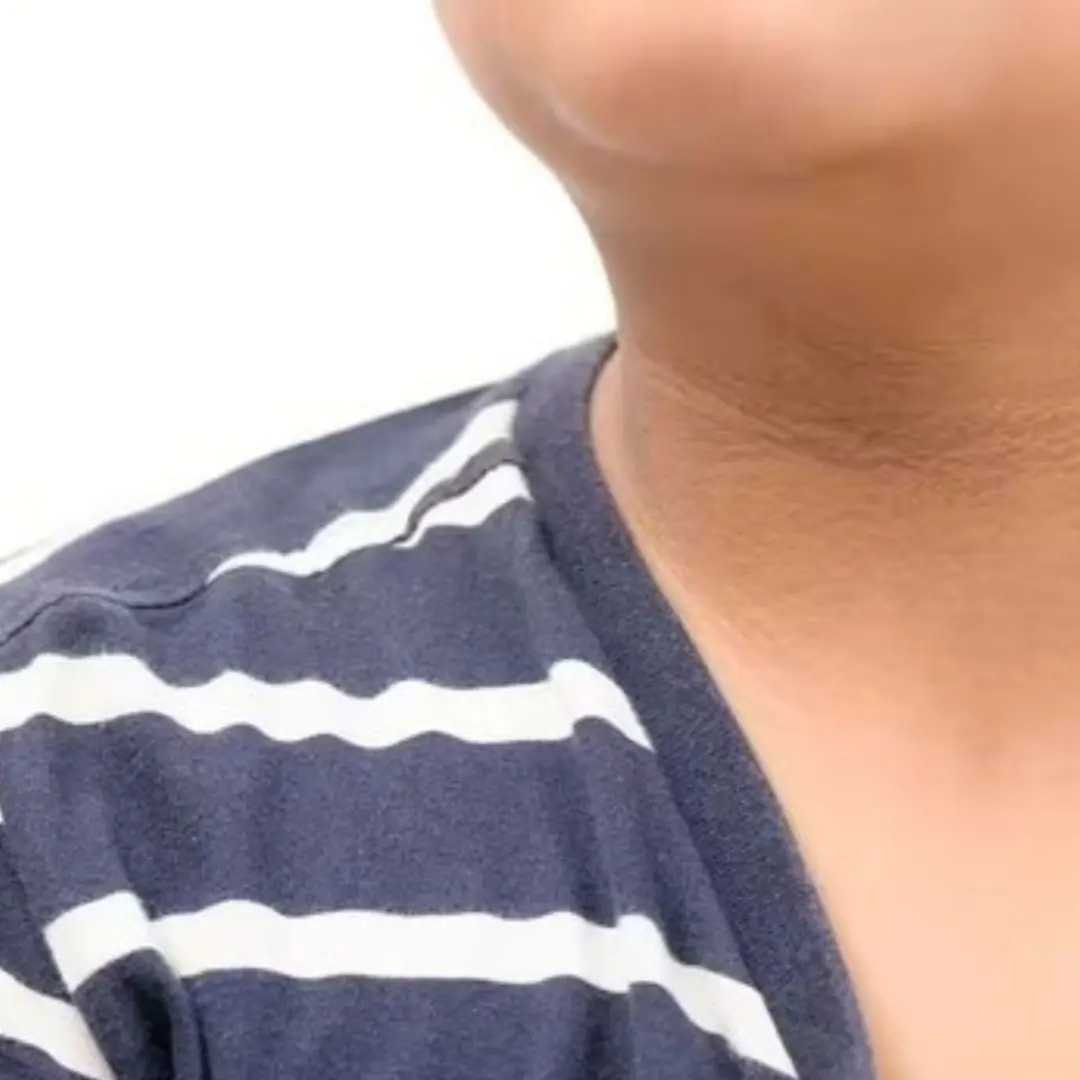
Diabetes can 'show' strange signs in the neck: If you see them, don't ignore them
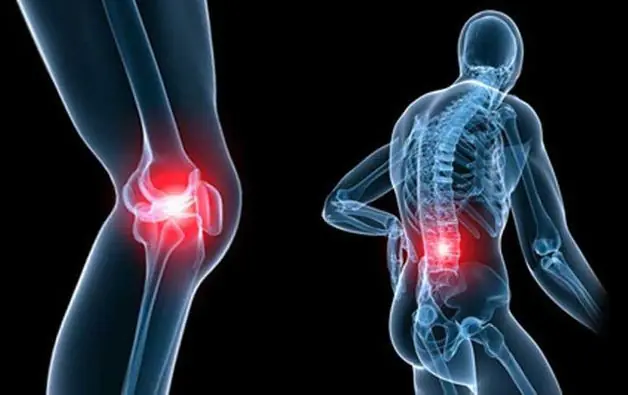
3 Drinks Called the “Calcium Drainers” But Many People Still Love

4 Surprisingly “Clean” Vegetables with Minimal Pesticides
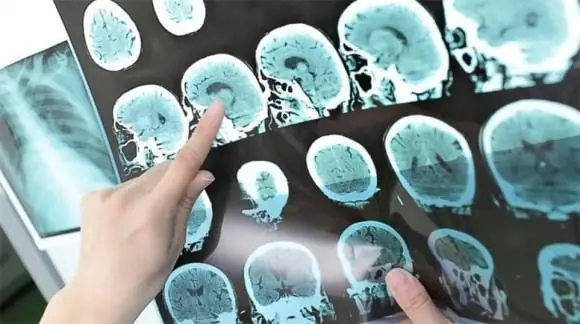
6 Golden Habits to Help Seniors Reduce the Risk of Cerebral Infarction

Want the Health Perks of Coffee? Here’s the Best Time to Drink It
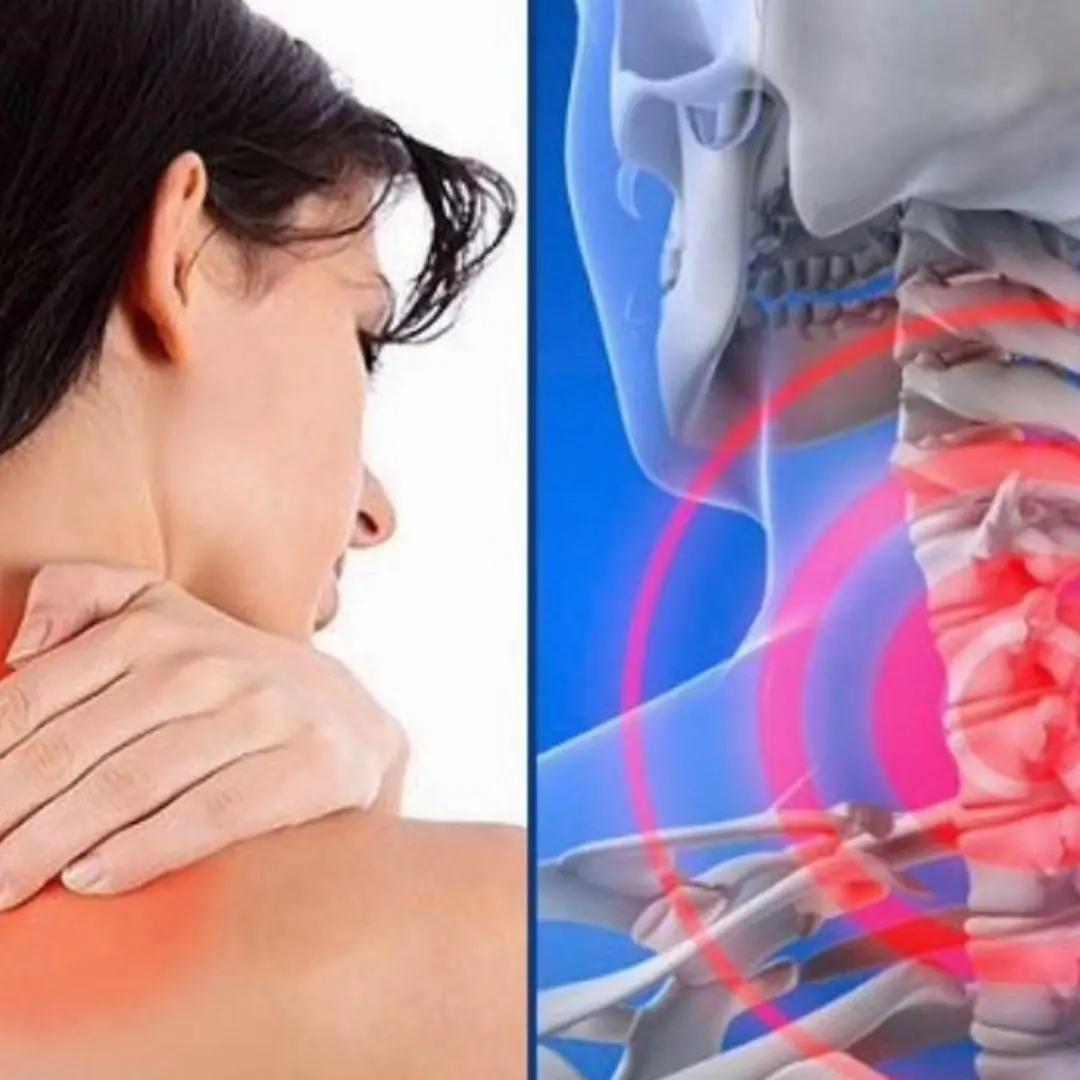
6 things you should absolutely not do when you have neck and shoulder pain because they destroy bones and joints and are terrible for your stomach

Headache for 5 days, woman suddenly fell to the ground, co.nvulsed, had difficulty speaking

Summer or winter, Japanese people wear socks to sleep — here’s why!
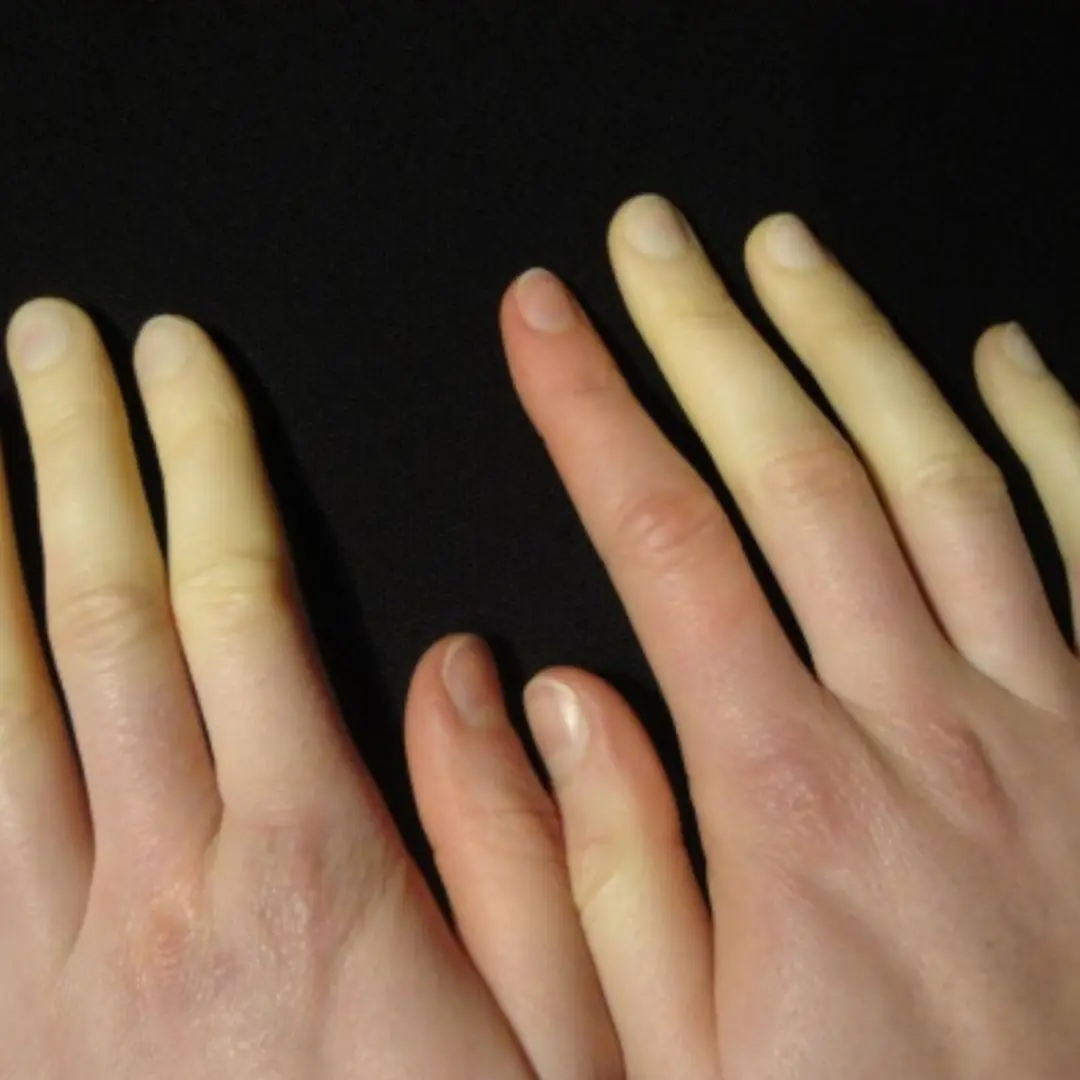
Spot these 10 symptoms? It’s time to see a doctor without delay!
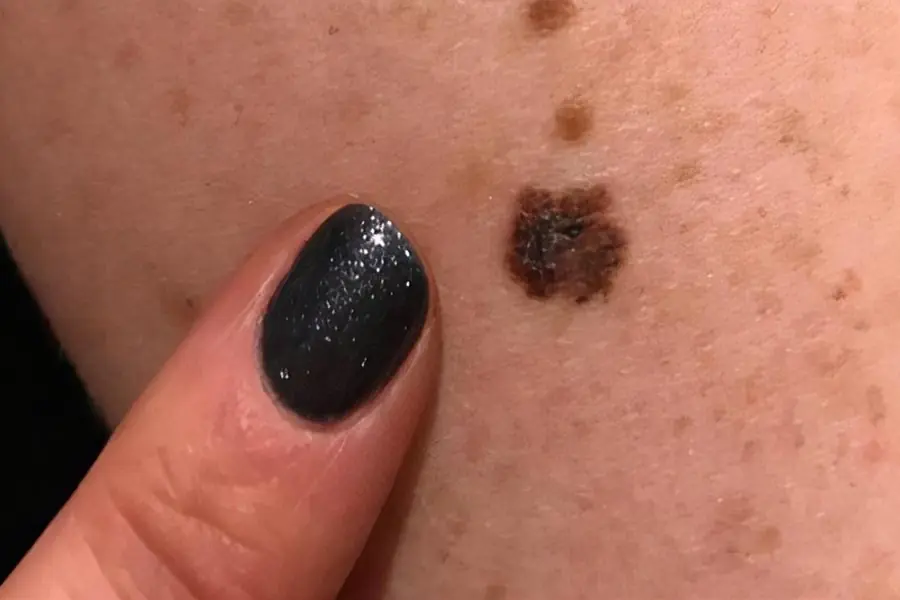
4 Types of Pimples That Could Be a “Disguise” for Can.cer

5 Foods That Become Harmful When Reheated
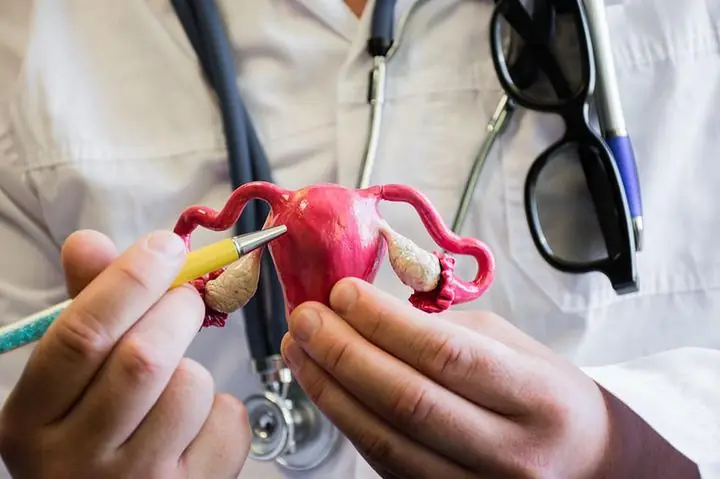
Women Who Regularly Eat These 4 Dishes Won’t Have to Worry About a Cold Uterus

7 Types of Fish High in Mercury: Limit Them No Matter How Much You Like Them

15 Foods That Are Good for People with Hemorrhoids
News Post

What smell do wasps fear? 4 non-toxic ways to kill wasps

What is the total weig.ht of the 3 animals?

If your breath carries these 4 unusual odors, it could signal hidden illness — don’t ignore the warning signs

Your Feet Could Be Revealing Serious Health Issues — Watch Out for These 6 Signs

When Buying Oysters, Never Choose These 3 Types
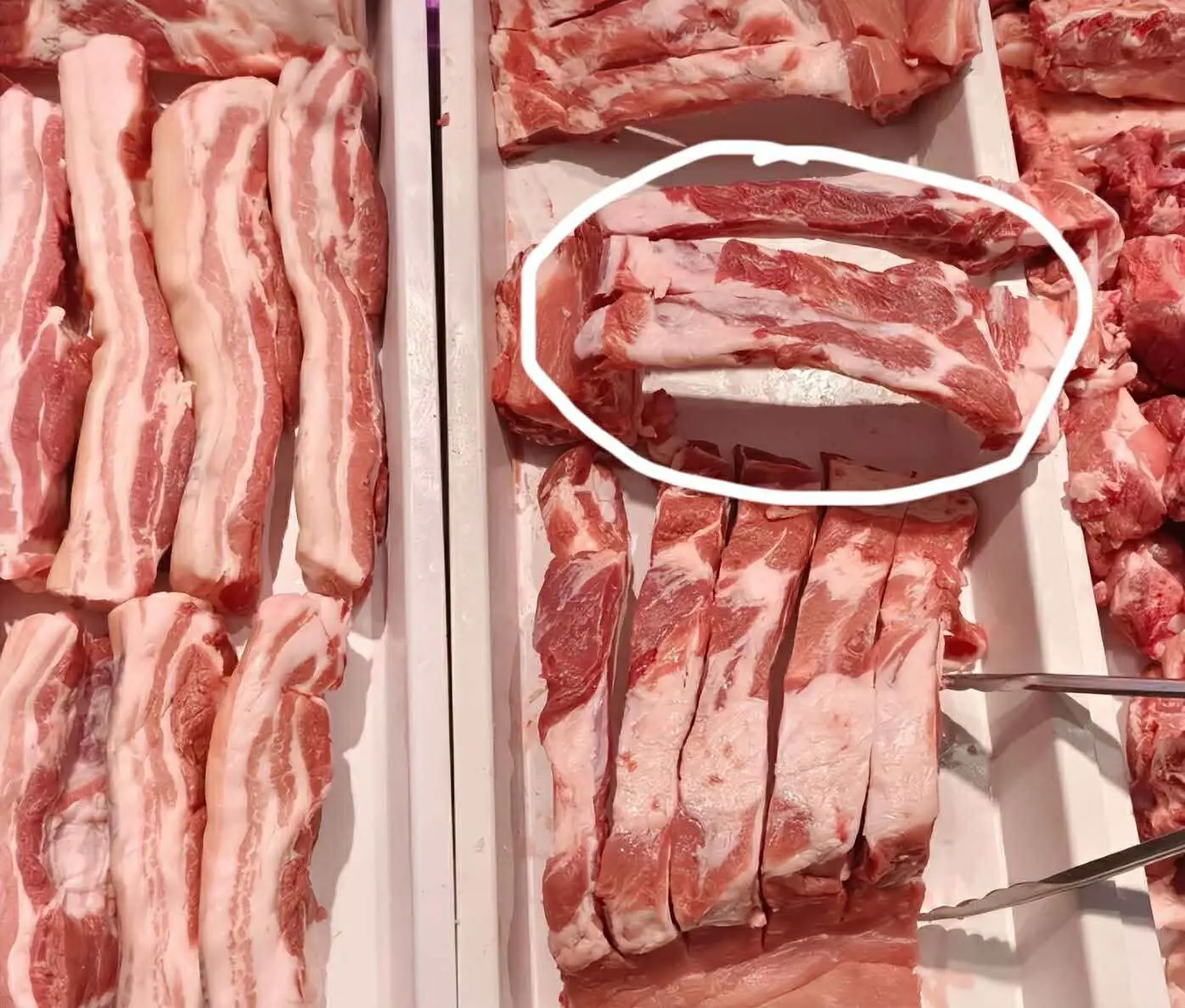
Don’t Buy These “4 Types” of Pork Ribs No Matter How Cheap They Are

4 Best-Selling Items on E-Commerce Platforms Exposed to Contain Carcinogens

Just After Changing into My Wedding Dress, My Mother-in-Law Slipped Me a Bankbook and a Haunting Message

4 Surprising Changes Your Body Will Experience in Just Half a Year

Not milk or dried shrimp – this is the real “Calcium King” that many people overlook

Man develops 'pork worms' in his br.ai.n after years doing this specific cooking habit

Diabetes can 'show' strange signs in the neck: If you see them, don't ignore them

3 Drinks Called the “Calcium Drainers” But Many People Still Love

4 Surprisingly “Clean” Vegetables with Minimal Pesticides

3 Lucky Plants That Bring Prosperity and Wealth

6 Golden Habits to Help Seniors Reduce the Risk of Cerebral Infarction

One Part of Chicken Contains Four Times More Cholesterol Than Pork Fat

Sweet Potatoes Are Not Good for These 3 Groups of People

Just hang a handful of these leaves in front of your door - flies and mosquitoes will disappear
